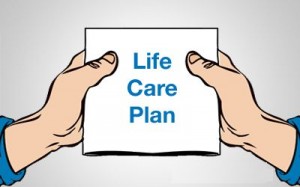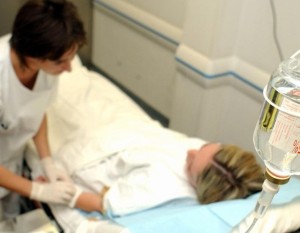Geriatrics would be a good deal easier if every older person suffered from just one medical condition. But most elderly people have more than one chronic disease and the older they are, the more chronic conditions they are likely to have. Since “multiple chronic conditions” is a mouthful, researchers coined the term “multimorbidity,” an only slightly less awkward way of expressing what is probably one of the most critical features of geriatric existence. It’s so critical because the best medical treatment, known as “evidence-based medicine,” is founded on studies of patients who don’t have multimorbidity at all. They are generally perfectly healthy except for the single disease being studied. So when we tell a patient that “studies show’ that blood pressure should be below 140 and that the best medication to take if the blood pressure is elevated is a diuretic, we mean that if the only problem is high blood pressure, then taking the diuretic is the best way to lower the risk of bad outcomes such as strokes and heart attacks. But if the patient also has another chronic condition, say Parkinson’s disease, which is being treated with the medication L-dopa (Sinemet), then giving that patient a diuretic to lower blood pressure could backfire—long before any heart attacks or strokes were prevented, the patient might fall down (both L-dopa and diuretics contribute to sudden falls in blood pressure when a person stands up) and break a hip. Simply assuming it makes sense to apply multiple guidelines to a patient with multiple problems can result in medication lists a mile long that cost a fortune and that cause more problems than they solve. So multimorbidity is a big deal in geriatrics. Now, for the first time, multimorbidity is getting the attention it deserves.

A couple of years ago, the American Geriatrics Society set up a task force to develop an approach to multimorbidity for physicians. This group generated a report that lays out the basic principles that should underlie care for a patient with multiple chronic conditions. And a recent symposium brought together physicians and researchers from a variety of backgrounds to come up with strategies for generating a better evidence base, for designing new guidelines, and for carrying out appropriate systematic reviews for patients with multimorbidity. The results of the symposium are published as 3 articles along with an editorial in the April issue of the Journal of General Internal Medicine.
Read more about it – http://blog.drmurielgillick.com/2014/04/lots-lumps.html









